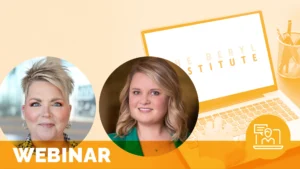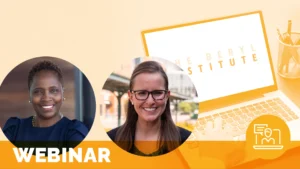The Benefits of Partnering a Physician with Patient Advocacy

Partnering a physician with patient advocacy can be a catalyst for cultural transformation, as seen at Ochsner Health. This innovative collaboration fostered transparency, enhanced communication, and strengthened trust between physicians and patient advocates. By valuing perspectives from both sides, the new partnership led to improved experiences for patients, families, and healthcare providers alike.
Interested in learning more about this topic? Watch the webinar recording from “Is There a Doctor in the House? The Benefits of Partnering a Physician with Patient Advocacy“
Related content
-
 Culture & Leadership | Staff & Provider Engagement
Culture & Leadership | Staff & Provider EngagementUnleashing Collective Potential: The Power of Team-Based Leader Rounding in Elevating Patient Care
During this webinar, attendees will gain insights into strengthening their current leader rounding program by adopting a collaborative team-based approach, employing targeted and purposeful questioning and implementing a structured escalation and resolution framework. Participants interested in establishing a new leader rounding initiative will find this program equally valuable in providing essential guidance and best practices
Learn more -
 Staff & Provider Engagement
Staff & Provider EngagementFostering a Growth Mindset in Healthcare: A Strengths-Based Approach to Improving Patient Experience
This learning bite explores a pilot program that took a compassionate, strengths-based approach to improving provider communication and engagement. By focusing on relationship-centered training—rather than remediation—the program led to significant improvements in patient experience and provider well-being, offering a scalable model for fostering a growth mindset in healthcare.
Learn more -
 Culture & Leadership | Innovation & Technology | Staff & Provider Engagement
Culture & Leadership | Innovation & Technology | Staff & Provider EngagementHuman-Centered Leader Rounding: Using Generational Insights and Personalization
Explore how healthcare leaders can design and adapt their rounding processes to cater to different patient and employee generations, combining generational data with a personalized approach that is specific to the individual. The discussion will focus on personalized care, communication preferences, and bridging generational gaps in expectations through a human-centric approach that prioritizes empathy and
Learn more
